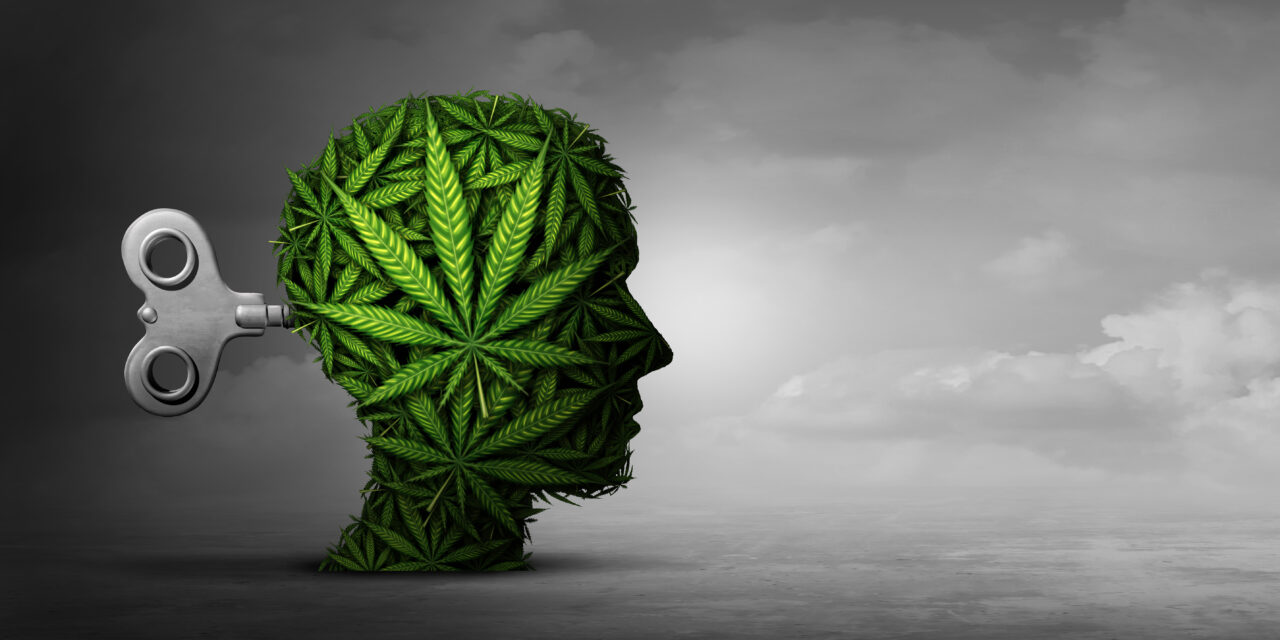QUICK LOOK
- Consuming marijuana young, frequently, or with high levels of THC increases a person’s chance of suffering a cannabis-initiated psychotic break
- Marijuana products have significantly more THC now than thirty years ago
- The marijuana industry claims its products are safe, omitting the risk of developing addiction and mental disorders
Thousands of adolescents have suffered psychotic episodes after consuming high-potency marijuana, The Wall Street Journal warned last week, blaming strong, accessible cannabis for the alarming trend.
Studies and experts cited by the Journal suggest people’s risk for developing psychosis after ingesting marijuana increases if they’re young, use it often, or use products with high amounts of tetrohydrocannibinol-9 (THC) — the chemical that makes people high.
While cannabis can’t be identified as the sole cause in any one case, “large studies show a clear link between frequent and more potent cannabis use and higher rates of psychosis, particularly in young users,” Yale psychiatry professor Dr. Deepak D’Souza summed up to the Journal.
Other important studies found:
- People who smoked high-THC marijuana daily were five-times as likely to develop a psychotic disorder than people who didn’t smoke. (The Lancet; 2019)
- Going through just one cannabis induced psychotic episode increases a person’s chance of developing bipolar disorder or schizophrenia by an average of 47% — significantly higher than a psychotic episode induced by amphetamines, hallucinogens, opioids or alcohol. (American Journal of Psychiatry, 2017)
- Teens reported having hallucinations or paranoia more often if they smoked marijuana at least once a month, as opposed to those who smoked only once or twice a year. (Journal of the American Medical Association, 2018)
It’s easier for American minors to access potent marijuana today than ever before. The drug is entirely legal in 24 states and the District of Columbia, and legal to treat medical conditions in another 14. Modern marijuana products have an average of 15-20% THC, with some products advertising as much as 90% THC.
In comparison, the average THC content of marijuana in 1995 was just 4%.
The Journal’s story shocks the conscience, but the information isn’t new.
Studies connecting marijuana to psychosis emerged as early as 2008, and the Daily Citizen has been covering mental illness caused by marijuana since 2015. The mainstream media, in contrast, only started consistently covering the story in the past few years.
Meanwhile, states continue legalizing the drug. Ohio became the latest state to allow recreational marijuana use in November.
The disconnect may stem from marijuana industry propaganda strongly suggesting cannabis is healthy or medically necessary.
“One of the most brilliant PR campaigns for marijuana was to push the word ‘medical’ in front of the word marijuana,” founder of Smart Approaches to Marijuana (SAM) Dr. Kevin Sabet remarked in a 2021 interview with the Daily Citizen. “It allowed people to have the permission to be okay with marijuana because not only is it not bad for you, but it’s now good for you.”
Sabet’s comments ring true of industry tactics. Cannabis companies and other supportive organizations routinely claim their products help with anxiety, sleep, pain and a plethora of other disorders, using studies they’ve funded to legitimize their claims and snagging celebrity spokespeople to tout the drug’s benefits.
Many of these errant messages are specifically directed at minors and young adults, says Sabet, because the marijuana industry makes more money if kids are addicted.
For young people under the age of 25, their brain is essentially a dollar sign for [the marijuana] industry. Addiction doesn’t start when you’re 50, it starts when you’re a teen or young adult. The industry knows that and they’re targeting young people on social media with cartoon ads, edibles, candies and cookies.
Some people fighting marijuana addiction report feeling deceived about marijuana’s safety.
“I feel like [we were] duped into believing [marijuana’s] not addictive, it’s just a plant, it will cure your anxiety,” 22-year-old Jordan Davidson confided to the Journal in October. A recovering marijuana addict, Davidson started using the drug to control his anxiety symptoms before realizing he had become addicted.
Davidson isn’t alone. A Journal analysis of federal data found an estimated 30% of people who reported using marijuana in the last year say they’re addicted .
Counter the influence of the marijuana industry by reviewing the science with your kids, contrasting the truth against what they might hear from other sources. Consider discussing marijuana usage in conjunction with self-discipline — while marijuana might appear to offer short-term entertainment or escape, it harms your brain’s ability to function for the rest of your life.
Teach your kids about mental illness and how to treat it. Explain why self-medicating with marijuana is not a productive or healthy way to heal debilitating sadness or anxiousness. Create an open dialogue so your children can confide in you about any of their mental health struggles.
Consider discussing the topic in PTA meetings, church groups or other community gatherings. Parental awareness helps save children from marijuana addiction.
Marijuana is not harmless, regardless of what any company or state government would like you to believe. It’s important for responsible citizens and parents to run interference and protect their kids from the machinations of the cannabis industry.






